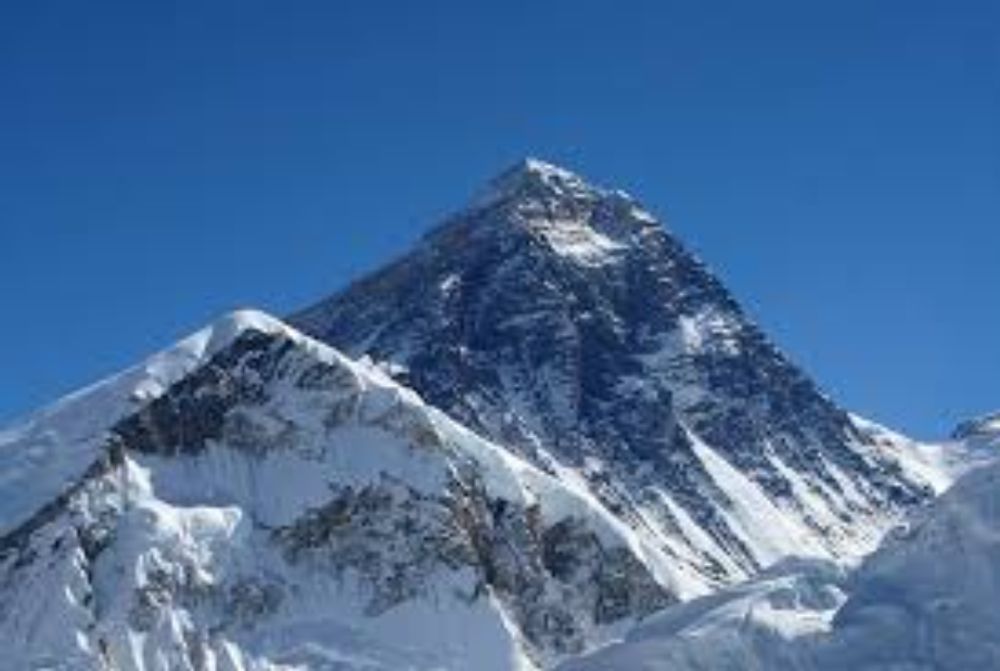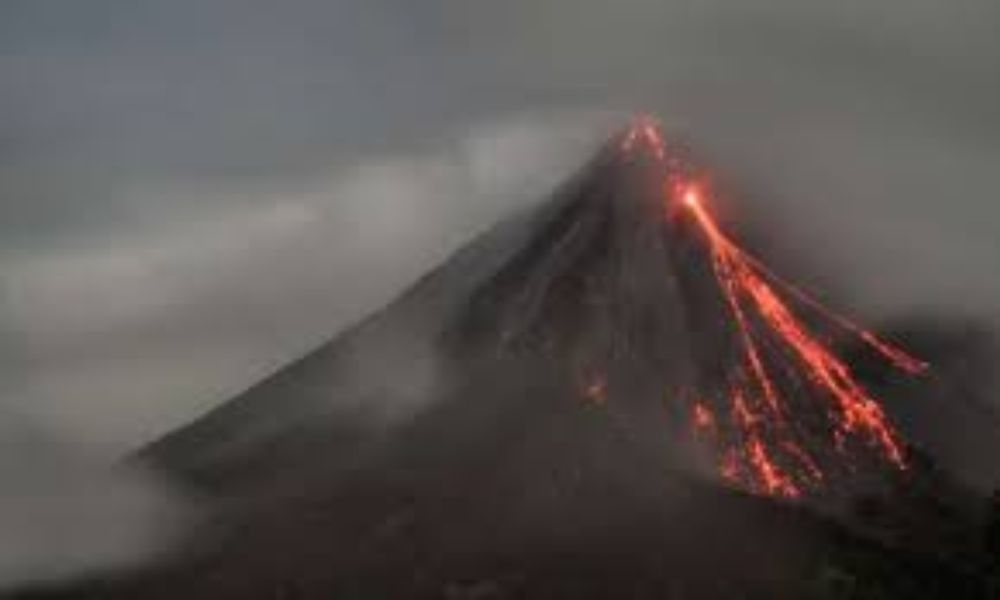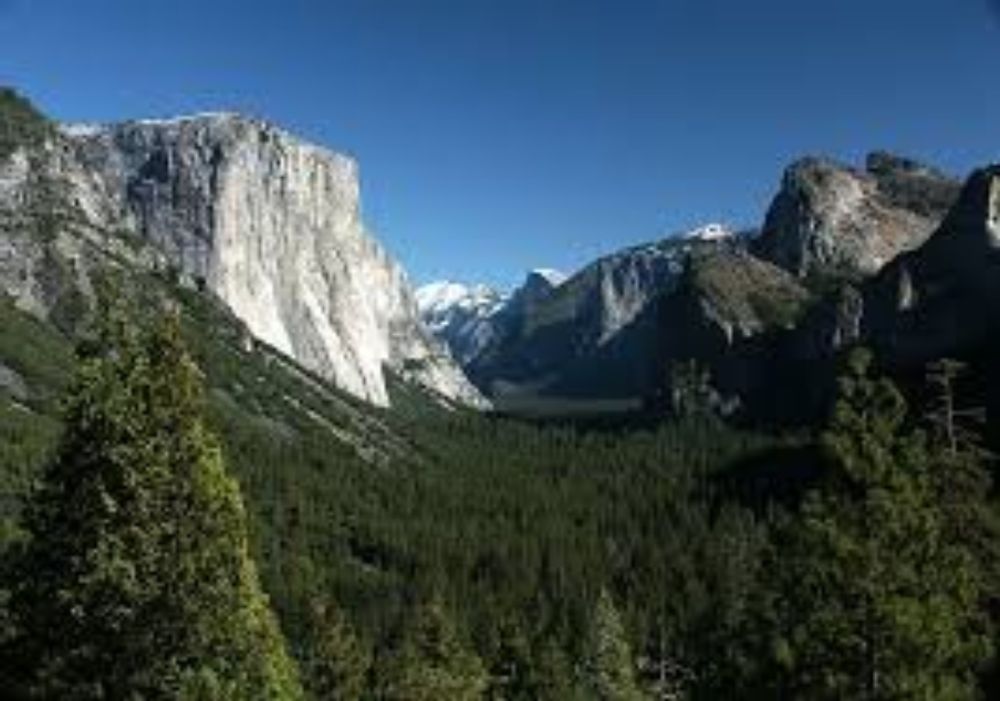

Welcome back guys In Today's blog we will talk about different types of mountains.
Fold mountains

The continents sit on great plates of the earth's crust which slowly move over the surface of the planet . Where two plates move towards each other , the sediments on the floor of the ocean between them are squeezed up to form mountain ranges , such as the Alps (formed when the African plates moved towards the Eurasian plate) , Himalayas , Andes and Rockies. This is why rocks containing fossils of marine animals can be found at the top of mountains.
Volcanic mountains

Many mountain are formed when molten rock from deep inside the earth rises to the surface. It may pour out of the ground as lava ffirming a volcano. AS the lava cools it forms hard, solid rock. Mount fuji in Japan, mount Vesuvius in Italy, and Mount St Helens in the USA are volcanoes. The largest volcano in the world is mauna kea in Hawaii, ewhich rises 10,000 m from the bed of the Pacific Ocean, aand contains 40,000 cubic km of lava. Less than half of mauna kea is above the water.
Block mountains

Massive blocks of rock can split and slide along lines of weakness known as faults. Mountains are formed when large masses of rock are tilted or lifted above neighbouring rocks. These mountains typically rise abruptly from the surrounding plains. The Sierra Nevada mountains in the western United States, Europe's Black Forest and Harz mountains, and Mount Ruwenzori in East Africa are all examples.
Dome mountains

Because the rocks above are too strong to give way, molten lava does not always reach the surface. It instead causes the rocks to bulge upwards, forming a dome-shaped mountain. Sometimes the pressure is caused by moving water underground that is rich in dissolved salts rather than lava. The Black Hills of South Dakota are the eroded remains of a dome mountain in the United States. The covering rocks may eventually wear away, exposing the core of volcanic rock or salt.
Highest mountain
Mount Everest, 8,863 m, Mauna Kea in Hawaii, although only 4,205 m above sea-level, has about another 6,000 m below water: a grand total of about 10,000 m.
The biggest land mountain range
Himalaya-Karakoram range contains 96 of the world's 109 peaks over 7,315 m high.
Longest underwater mountain range
Indian/East Pacific Oceans Cordillera is 19,000 km long.
Thanks for reading ☺




